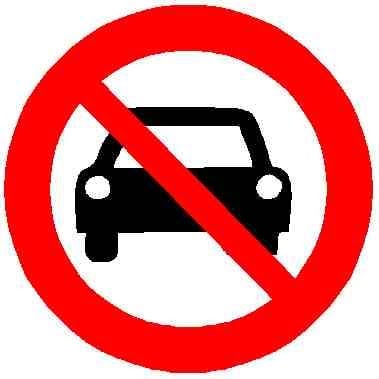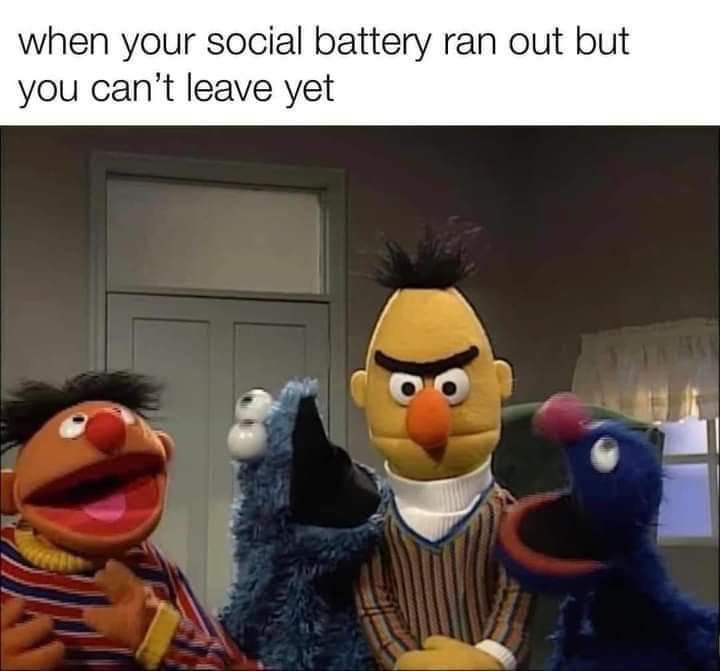I don’t think either gets treated as a crisis
Both are accepted as the price daddy willing to pay
As a Non-American I seriously wonder which one is which. I don’t have the feeling that either of them is treated with any seriousness in the US.
I agree both are a public safety issue, but there aren’t many similarities beyond that. For one, most people guilty killing or seriously injuring someone with a gun intends to so cause that result while people who are guilty of killing or seriously injuring someone with a car are unaware of the danger they pose or aren’t able to estimate how to react in a certain situation. Yes both need to be taken very serious, yes both are a big problem but their solution is very different. Although one more similarity which blows my mind is how unwilling American politicians are to keep more people alive.
Obviously they’re different in many ways but as a society we can’t really call things an accident when they’re eminently predictable from the systems we’ve built. So while they may be accidental from the point of the individual perpetrator, both of these things are equally intentional from a public policy standpoint.
This is essentially what some leftists call “social murder”, which is when killing certain people becomes acceptable as long as you’re not directly responsible for it and those people just die as consequences of societal actions, or as a “cost of doing business”.
Great term, I hadn’t heard it. Thanks.
The law has significant nuance whenever someone is killed. Each state uses different terms, but it generally runs along the lines of:
- First degree murder: intentful and planned.
- Second degree murder: intentful but unplanned.
- Third degree murder: not by intent but also not accidental. Fit of rage type of thing.
- Manslaughter: no intent, no rage, often negligence, and similar regrettable deaths.
Each one carries a progressively lighter punishment. You can be found guilty of manslaughter and get off with a fine, probation, or even time-served. The courts will adjust punishment according to each crime’s circumstances.
What ticks this community off is a special type of murder: Vehicular Manslaughter. It has all the hallmarks of regular manslaughter, except it’s much harder to prosecute and often with zero consequences. It’s, quite literally, a whole different section of law to reduce the consequences of driving. The exception-to-the-exception is intent! If someone intentionally kills with a gun or a vehicle, then they get charged first or second degree murder. But the consequences are different if someone with a gun negligibly kills (it does happen) and a driver negligibly kills. It’s not justice when a boss who didn’t maintain a ladder which killed his painter faces more consequences than the driver who didn’t maintain their brakes and ran over a child.
The problem with cars is more that because of the SUVification, pedestrians are significantly more likely to die from getting hit. The cars are (mostly) safe for the person driving it, but the higher ride height and massively high hoods are a recipe for disaster if you collide into a smaller car or a pedestrian.
Right. Which is not shown with this data. And in response to OP there ARE other similarities to gun deaths; as one encounters a victim of a shooting as not a participant in the crime but a bystander. Those pedestrian deaths should create more liability on the manufac… Oh what the fuck am I saying. see comments above
As long as car companies get higher profit margins the regime whores in DC see no issue.
The research is in (it has been for decades now): our roads are designed to be dangerous because we focus on speed of cars, not balancing safety in our considerations:
https://www.cnu.org/publicsquare/2024/06/05/exposing-pseudoscience-traffic-engineering
https://islandpress.org/books/killed-traffic-engineer
It’s almost hard to read the whole book. Each section is only a few pages, but they just keep hitting you with data about how badly our traffic systems are designed. The mixture of bad policy, bad modeling, bad engineer training, and bad community perceptions about solutions makes it very hard to get change done quickly, but at this point all new roads and any rebuilds should follow drastically different approaches than we used 80 years ago. To do otherwise is just open negligence on the part of the road designers.
More than 600 car-related injuries in Chicago!? I mean, I’m not as surprised by the shooting victims since I heard gang violence was bad there. But 600 car crashes seems a lot for half a year (don’t get me wrong, a lot of work should be done about gun violence too).
Car accidents are a skill issue. Gun murders are intentional.
USA doesn’t teach driving anywhere near like other nations do that are serious about motor vehicle operations.
Our roads are also designed incredibly poorly. They encourage speeding by being too wide, straight, and flat. They don’t have intersections that require people to pay attention (like roundabouts do). They have high quantities of conflict points among people turning, crossing roads, walking, and riding bikes. Add in vehicles that have terrible lines of sight because they’re oversized and it’s a recipe for failure, regardless of the training provided.






